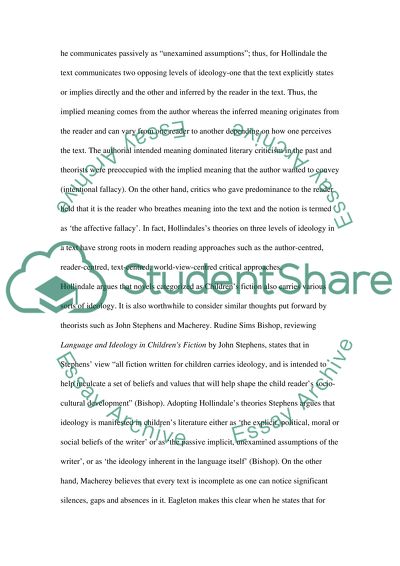Cite this document
(Critical Reading on Lewis Carrolls Alices Adventures in Wonderland Book Report/Review - 6, n.d.)
Critical Reading on Lewis Carrolls Alices Adventures in Wonderland Book Report/Review - 6. https://studentshare.org/literature/1564611-literature
Critical Reading on Lewis Carrolls Alices Adventures in Wonderland Book Report/Review - 6. https://studentshare.org/literature/1564611-literature
(Critical Reading on Lewis Carrolls Alices Adventures in Wonderland Book Report/Review - 6)
Critical Reading on Lewis Carrolls Alices Adventures in Wonderland Book Report/Review - 6. https://studentshare.org/literature/1564611-literature.
Critical Reading on Lewis Carrolls Alices Adventures in Wonderland Book Report/Review - 6. https://studentshare.org/literature/1564611-literature.
“Critical Reading on Lewis Carrolls Alices Adventures in Wonderland Book Report/Review - 6”. https://studentshare.org/literature/1564611-literature.


